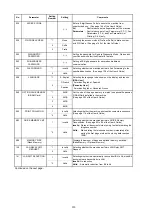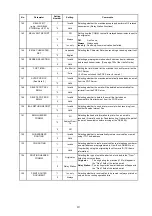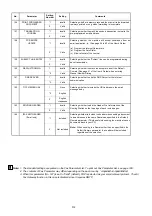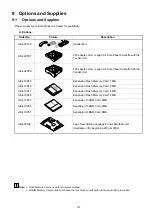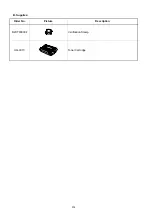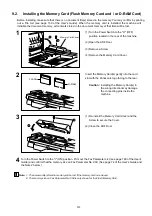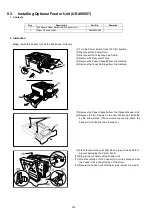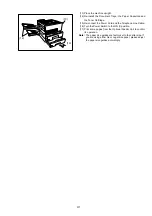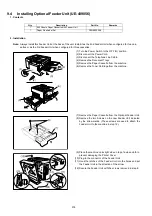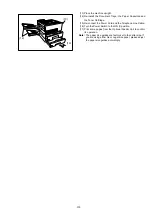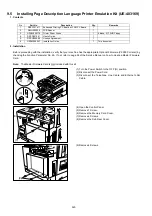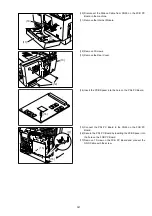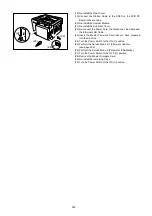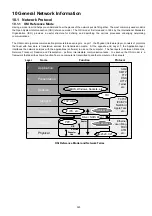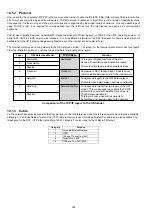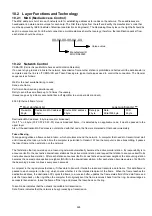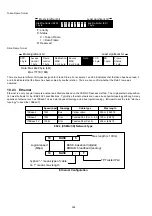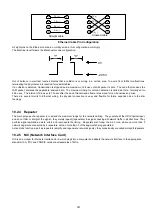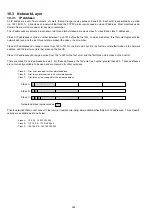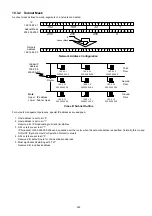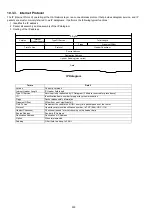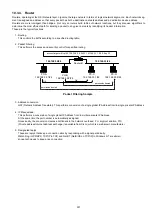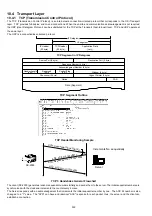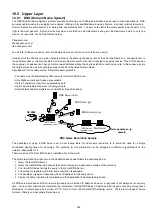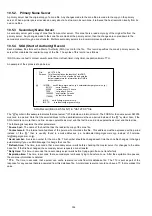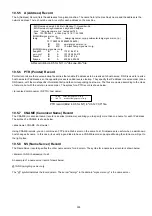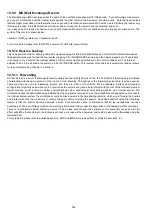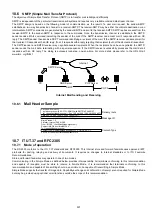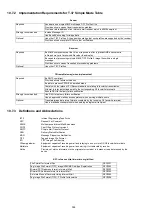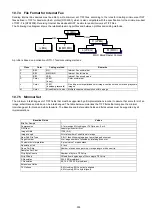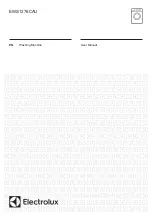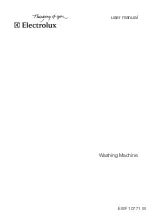
324
10.1.2
Protocol
One reason for the popularity of TCP/IP is that no one vendor owns it, unlike the IPX/SPX, DNA, SNA or Apple Talk protocol suites,
all of which are controlled by specific companies. TCP/IP evolved in response to input from a wide variety of inductry sources.
Consequently, it is the most open of the protocol suites and is supported by the widest variety of vendors. One huge advantage of
using TCP/IP is that, it is required for communication over the Internet, thus the Internet can be used as a communication
backbone.
TCP/IP was originally designed by ARPANET (Advanced Research Project Agency) in 1969 for the UNIX operating system. In
early 1980, UNIX 4.2 BSD version was released. For more detailed information, an RFC (Request for Comment) document is
available from the IETF (Internet Engineering Task Force) on the Internet at http://www.ietf.org/.
The Internet protocols do no map cleanly to the OSI reference model. The model for the Internet protocol suite has four layers.
From the illustration below, you can see the approximate relationship of the layers.
10.1.3
Cable
For the network transmission media at the Physical layer on the OSI reference model, there are several cable categories available.
Category 5, 8 wire Unshielded Twisted Pair (UTP) cable is commonly used. Shielded Twisted Pair cables are also available. The
Impedance for the STP / UTP Ethernet cable is 100
Ω
. Category 3 is also used for the 10Base-T Ethernet.
Category
Purpose
1
Voice grade telephone line
2
ISDN
3
10Base-T Token Ring (4M)
4
Token Ring (16M)
5
100Base-TX, ATM (155M)
Layer
OSI Reference Model
TCP/IP Base
Function
7
Application
Application
This layer embraces functions of the OSI
Session, Presentation and Application layers.
Protocols at this layer provide network services.
6
Presentation
5
Session
4
Transport
Transport
Compares to OSI Transport layer. Enables peer
communication between hosts on the internetwork.
3
Network
Internet
Corresponds roughly to the OSI Network layer.
Protocols move data between devices on networks.
2
Data Link
Network Interface
Corresponds to the bottom two layers of the OSI
model. This correspondence enables the TCP/IP
protocols to coexist with existing Data Link and
Physical layer standards.
This layer is concerned with all aspects of
transmitting and receiving data on the network.
1
Physical
Comparison of the TCP/IP layers to the OSI model
Содержание Panafax DX-2000
Страница 2: ......
Страница 27: ...27 9 1 Screw 19 10 Release two Latch Hooks 11 Remove the SNS Assembly 121 9 10 11 ...
Страница 49: ...49 2 15 Screw Identification Template ...
Страница 56: ...56 3 7 2 Printer Circuit 429 650 622 744 607 665 555 506 432 408 405 433 502 610 610 610 621 507 507 639 ...
Страница 57: ...57 3 7 3 Option Cassette Circuit 555 748 728 744 928 953 730 731 731 952 944 930 931 931 ...
Страница 58: ...58 3 7 4 LAN Control Circuit 522 CN50 1102 1104 1101 N C N C RD N C N C RD TD TD ...
Страница 59: ...59 3 7 5 Page Description Language Printer Interface Kit ...
Страница 287: ...314 B Supplies Order No Picture Description DZHT000004 Verification Stamp UG 3313 Toner Cartridge ...

